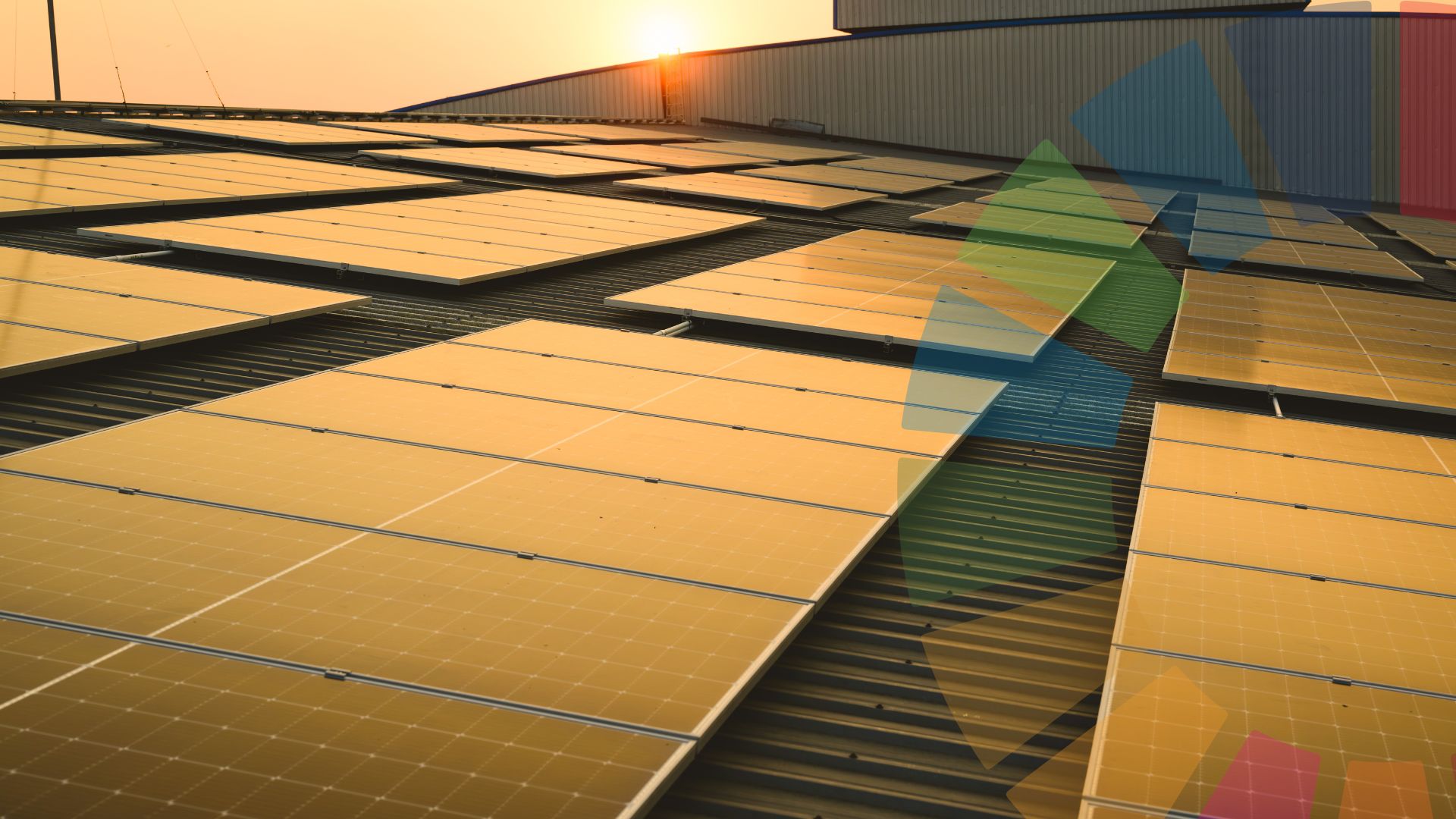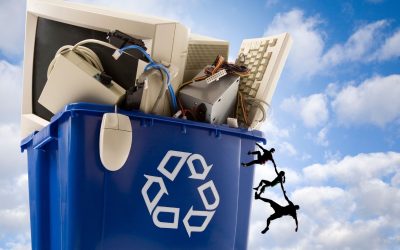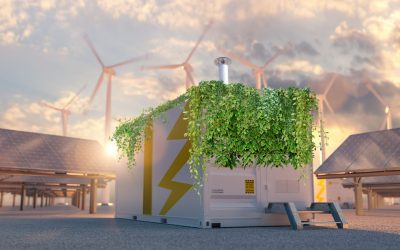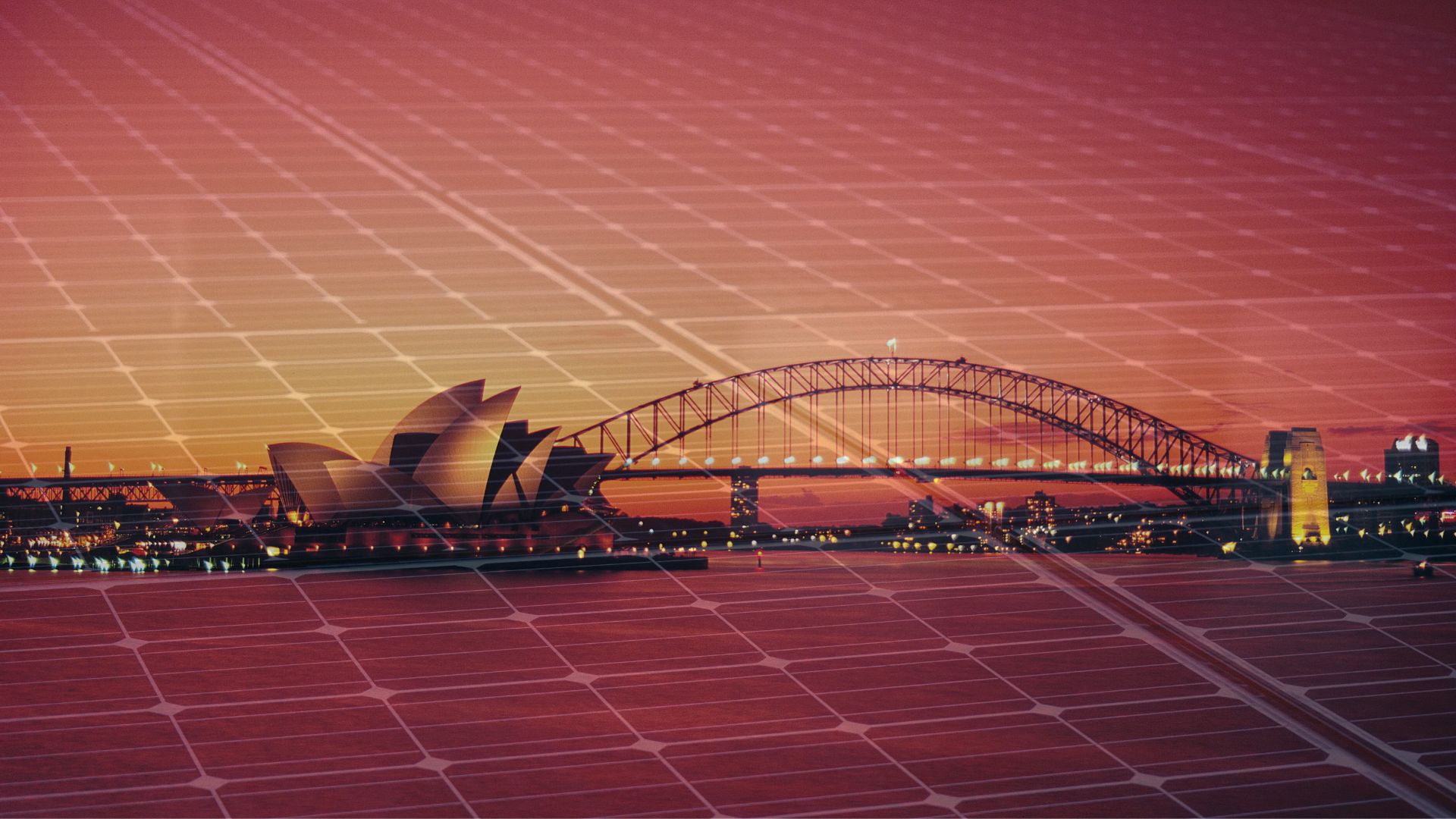
The Solar Panel Waste Leaderboard: Which NSW Councils Are Facing the Biggest Challenges?
With the surge in solar panel installations across New South Wales, councils have been at the forefront of Australia’s renewable energy transition. But there’s a growing issue that could undermine the environmental benefits of solar energy—solar panel waste. By 2030, councils across NSW will face the challenge of managing a massive influx of decommissioned solar panels.
While this may sound like a problem, it actually presents a huge opportunity for councils to lead by example, embracing circular economy principles and transforming solar panel waste into a resource rather than a liability.
In this post we will cover why Councils need to start planning now, what you can do about solar panel waste, discover that many of these panels may not be “waste” at all, and finally we will reveal the Top 3 NSW Councils Facing the Biggest Solar Panel Waste Problem by 2030.
What Happens When Solar Panels Reach the End of Their Life?
Solar panels are typically designed to last for 25 to 30 years, but many are decommissioned much earlier due to building modifications, roof repairs, or system upgrades. With the growing number of solar installations, we’re now seeing an increasing volume of panels that are being removed early—and this trend is only going to accelerate. By 2030, councils across NSW will be responsible for managing hundreds of thousands of solar panels that are removed from service.
The good news? Over half of these panels will still be fully functional. Instead of sending them to landfills, councils have the opportunity to reuse, repurpose, and recycle these panels, aligning with both environmental and economic goals.
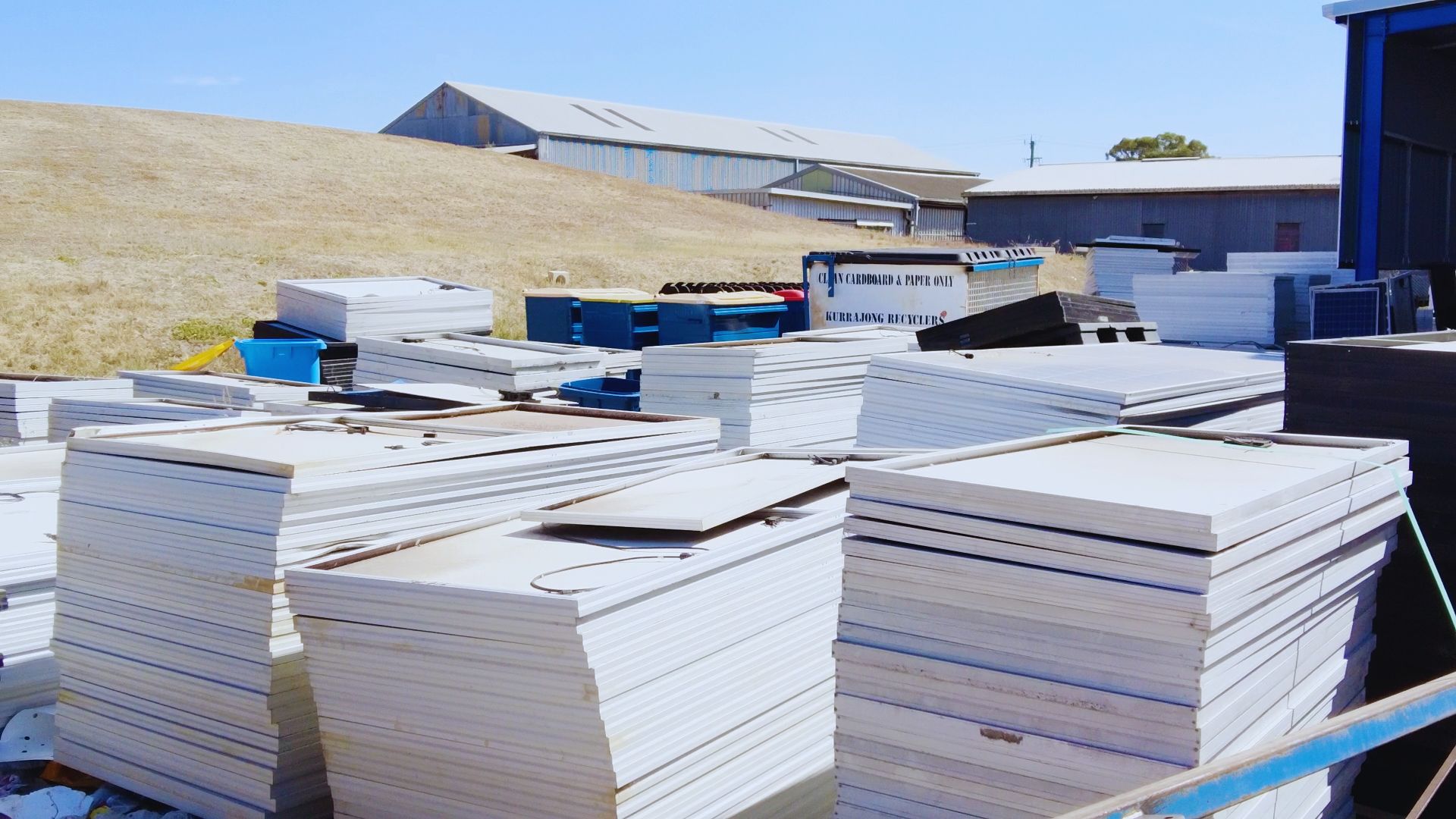
The tip of the iceberg – Solar Panels at the Kurrajong Recycling Facility in Wagga Wagga NSW, March 2024
Why Solar Panel Waste Is an Urgent Issue for NSW Councils
The volume of solar panel waste expected by 2030 is staggering. Left unaddressed, this issue could significantly impact resource recovery centers, increase waste management costs, and undermine the very sustainability goals that councils are striving to achieve.
But solar panel waste is not just a logistical problem—it’s also an economic opportunity. By adopting circular economy strategies, councils can not only reduce waste but also cut costs, generate revenue from reselling used panels, and showcase leadership in sustainable resource management.
Here’s how your council can turn this looming waste challenge into a circular economy success:
1. Reuse Solar Panels
Solar panels are designed to last 25-30 years but our work with the NSW EPA and CSIRO has revealed that many solar panels are decommissioned before their time which is often around the 10-12 year age range. These panels retain a high level of efficiency, meaning they can be reused in new projects.
Councils can take advantage of this by incorporating refurbished panels into new solar installations. This approach is not only cost-effective but also demonstrates a strong commitment to circular economy practices, where materials are kept in use for as long as possible.
At Second Life Solar, we offer councils the technology and expertise to test and certify used panels, ensuring that only high-performing panels are reused. In the video below you will see panels we tested at a waste facility in Wagga Wagga NSW and a staggering 89% of these panels were fully functional and suitable for reuse.
In 2024, for example, Kurrajong Recycling in Wagga Wagga installed a 100kW system using 100% reused solar panels, which otherwise would have ended up in a landfill.
At Second Life Solar we have testing technology developed in partnership with the CSIRO to help councils make money from solar panel reuse. This video shows a field trial of this technology.
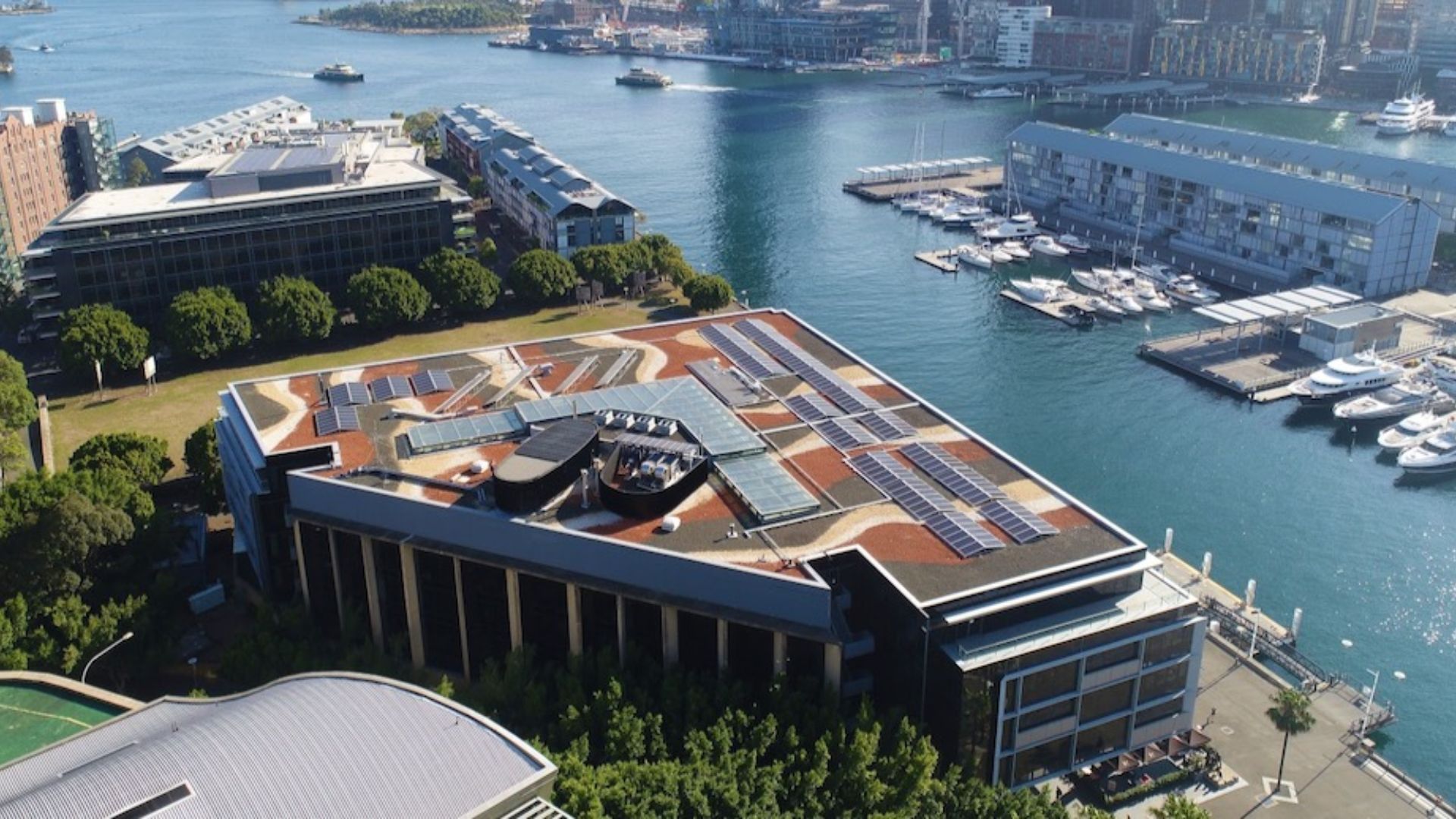
Designed for Reuse
100kW system designed for easy reuse at Google HQ, GPT’s ‘Workplace 6’ building in Pyrmont, Sydney
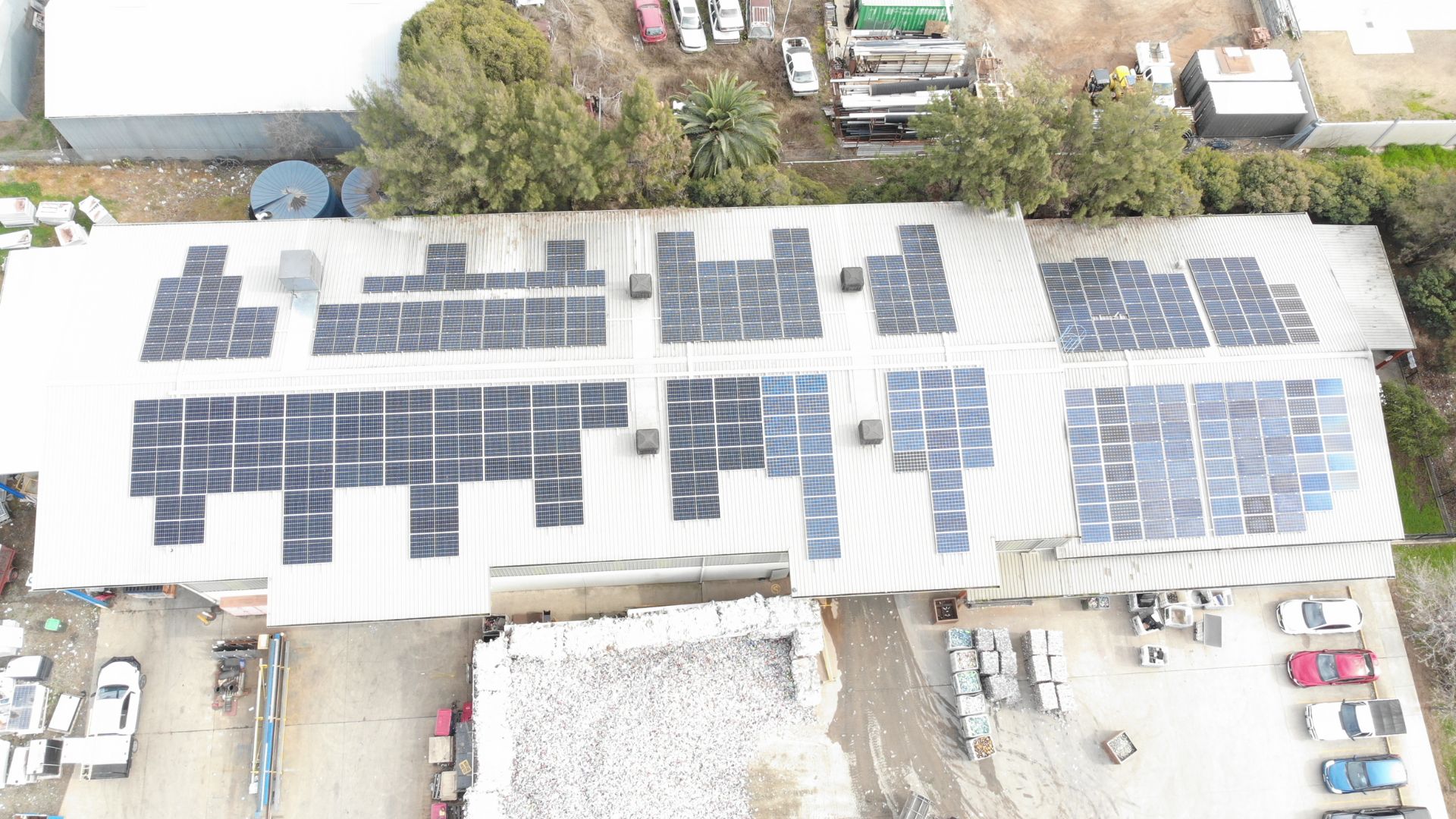
Incorporating Reused PV Panels
100kW Solar System consisting of 100% reused solar panels installed by Solar Professionals for Kurrajong Recycling, Wagga Wagga NSW
2. Extend the Life of Existing Solar Systems
By encouraging proactive maintenance strategies, councils can dramatically extend the lifespan of current solar systems in their council areas. This means fewer replacements, lower costs, and less waste.
Regular cleaning, inspections, and component repairs can help solar panels and inverters remain in service for decades, maximizing their efficiency and reducing the need for premature replacements. Encouraging the community to do the same with their own installations aligns with the circular economy’s focus on product longevity.
3. Plan for Solar Panel Recycling Early
Eventually, every solar panel reaches the end of its service life. However, many of the materials inside solar panels—such as glass, silicon, and valuable metals—can be recycled.
Councils that plan ahead and partner with solar panel recycling facilities can ensure that these materials are recovered and reused, rather than contributing to landfill waste. At Second Life Solar, we can help your council develop a long-term plan to manage end-of-life solar panels in a sustainable way, reducing environmental impact and supporting the circular economy.
Leadership in Sustainability: How Your Council Can Set an Example
Councils that adopt circular economy solutions for solar panel waste can set a powerful example for other local governments and the communities they serve. By reusing, repurposing, and recycling solar panels, councils can:
- Reduce landfill waste, contributing to broader waste management goals.
- Save money by incorporating refurbished panels and extending the life of current systems.
- Generate additional revenue by selling functional decommissioned panels to other users.
- Strengthen public trust in sustainability efforts by demonstrating real, tangible results in reducing waste.
When councils take the lead on these issues, they not only meet their own environmental goals but also inspire businesses and residents to adopt more sustainable practices.
Which NSW Councils Are Facing the Biggest Solar Panel Waste Challenges?
While all councils will need to address solar panel waste in the coming years, some face a much larger challenge than others. Based on current projections, here are the top three NSW councils with the largest expected volume of solar panel waste by 2030:
- The Hills Shire Council – An estimated 203,000 solar panels to manage by 2030.
- Liverpool Council – An estimated 188,000 solar panels to manage by 2030.
- Yass Valley – An estimated 185,000 solar panels to manage by 2030.
These councils will need to act fast to develop strategies for managing this influx of solar panel waste. The good news is that by incorporating circular economy practices now, they can turn a potential problem into a significant environmental and economic opportunity.
Find Out Where Your Council Ranks and Get a Tailored Solar Panel Waste Management Plan
Don’t wait until 2030 to address the solar panel waste challenge. Contact Second Life Solar today for a personalised report on your council’s expected solar panel waste and learn how you can turn this challenge into a circular economy success story.
BTW – We have data for every council area in Australias so even if you are not in NSW we can let you know the expected solar panel waste in your LGA.
Others Also Liked These Insights
Top 3 Victorian Councils with the Largest Solar Panel Waste Problem by 2030—Is Yours on the List?
Solar panel waste is set to surge, and local councils will be responsible for managing the recycling or reuse of these materials. The big question is—is your council ready for it?
Building Trust in Recycling: How Second Life Solar Systems Can Help Your Business Showcase a Circular Economy
The recycling industry in Australia is facing a serious challenge—trust. Recent studies show 49% of Australians identify a lack of trust in the recycling process as a barrier to participating in recycling as a society.
How to Solve the Problem of Diesel Generators in Renewable Energy Construction Projects – 4 Low Carbon Alternatives
Renewable energy projects aim to reduce our dependence on fossil fuels. But there’s a glaring irony: diesel generators are still widely used during their construction. Here are four low-carbon options that can replace traditional diesel generators for renewable energy construction projects.
Need help integrating circularity into your solar energy project?
hello@secondlifesolar.com.au
